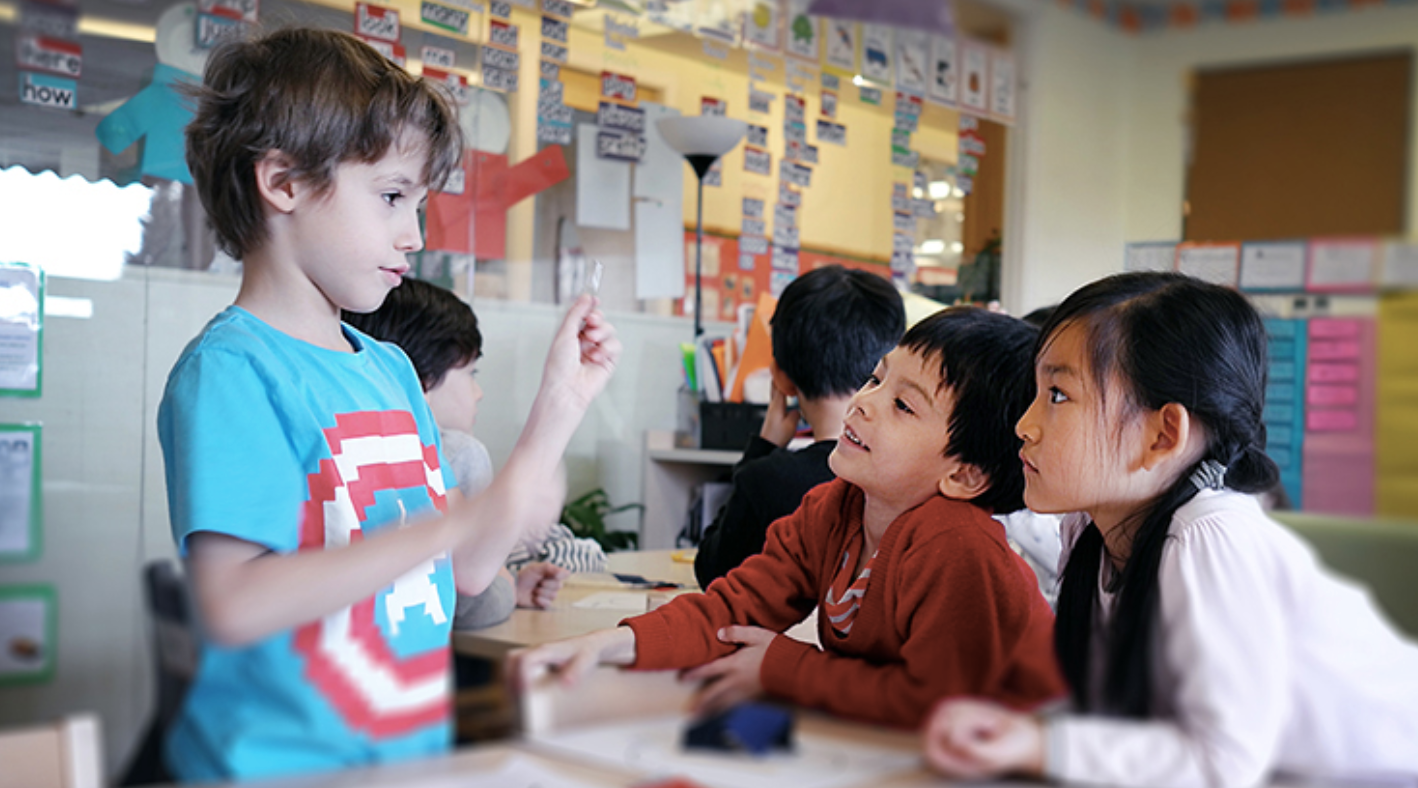Group Work Made Easy!
Some language teachers are reluctant to use group work in the classroom. We have all seen the bad side of group work, where some students do very little work or where students are always off-task. So how is group work done in the language classroom so all students contribute and learn without disruptions?
Group Work - Why?
Firstly, Group work is real work. No matter what job you have in the real world, there are generally teams you need to be part of. It’s how real work is done. So students need to gain the necessary skills to collaborate together which is the reality of most jobs. So if we want our students to succeed, we need to give them the skills necessary to present and future success. Navigating the group dynamic is essential for successful learning.
Many students will come to our classroom with underdeveloped group skills, so we need to know how best to manage group work.
How are groups picked?
Groups can be random, self-selected, or teacher-selected. Which option you choose will depend on the grade level, how well you know your students, and goals. If students are working on a group project at the beginning of the school year, I allow students to pick the group members (max of 3) that will be best for their learning. The criteria of ‘Who is best for your learning’ will allow the teacher to observe interactions between students and gives the teacher information for future group work. Generally students will choose their friends for group work, so you learn early on, what are the dynamics between students. Once a group is picked students can’t switch groups. I have a rule that group work is limited to 3 students at all time.
What is the teacher’s role?
Some teachers expect students to know how to work in a group. We have all seen the outcomes of group work, where everything is left to the last minute and the workload was not distributed equally within the group. So to avoid this, the teacher will put into place -checkpoints that create urgency for completing parts of the project.
Even High School students need a refresher on how groups work best. This is where the teacher needs to provide scaffolding and checkpoints to give students the best possibility of success. Problems will occur but these are also opportunities for students to develop skills they will need in their future. Check-ins with the teacher are required twice a week. (written form and a classroom completion chart to show they are on time with goals)
As a teacher, you will provide information about how each group will operate together using Checkpoints.
Checkpoints during a group project are essential to keep students on track and monitor that all group members are working together to have the project completed early or on-time. Checkpoints break up the project into small tasks that are required to be completed on certain dates. Checkpoints can also be a wall chart - each time they finish a section of the project, a sticker is put on the wall chart. Checkpoints also create urgency so the last-minute rush won’t occur.
Everyone has a role
Classic Trio Setup
Team Leader & Timekeeper
Keeps group organized and on schedule
Makes sure everyone contributes
Tracks deadlines and progress
Researcher & Note-Taker
Finds and records key information
Summarizes sources
Keeps a research log
Writer & Presenter
Drafts the written content
Designs visuals (if needed)
Whole Group
Prepare and deliver the presentation
Talk students through the project and what Check-points will be included.
Some teachers like to show what the project will look like so students understand what is expected and what the criteria of success is.
📚 How do you use group work in your Chinese class? Share one of your go-to phrases or strategies to assist students working in a group.




